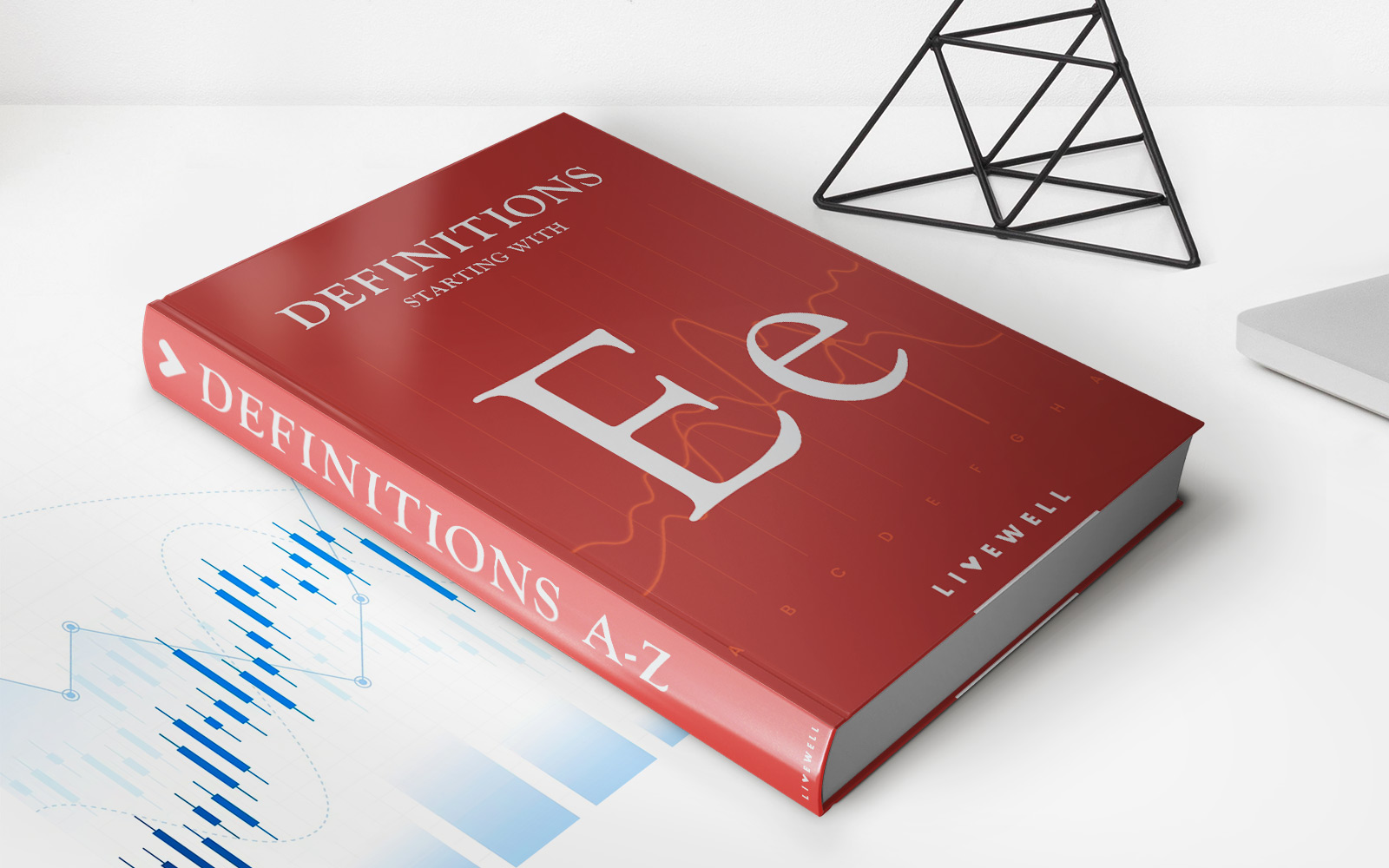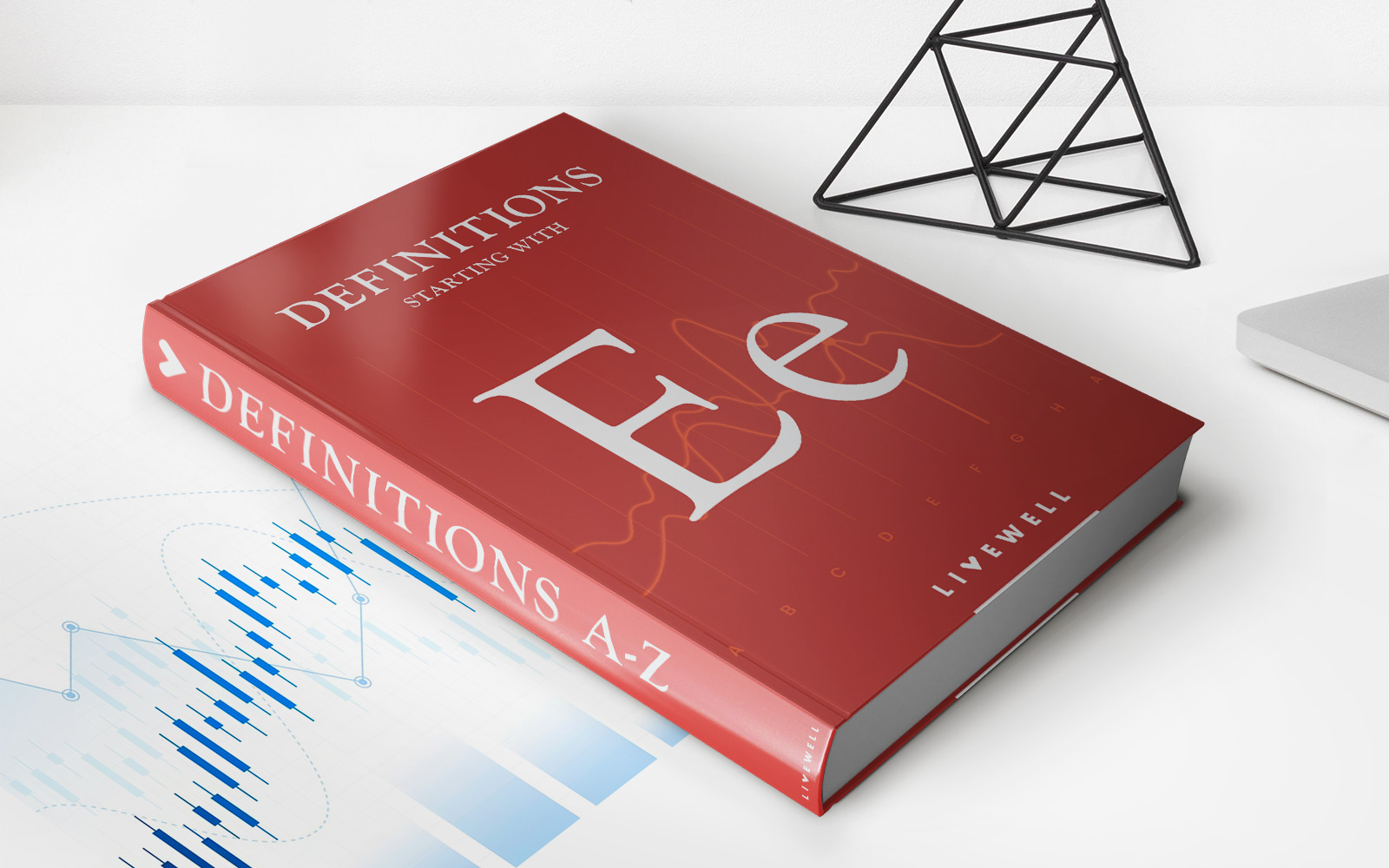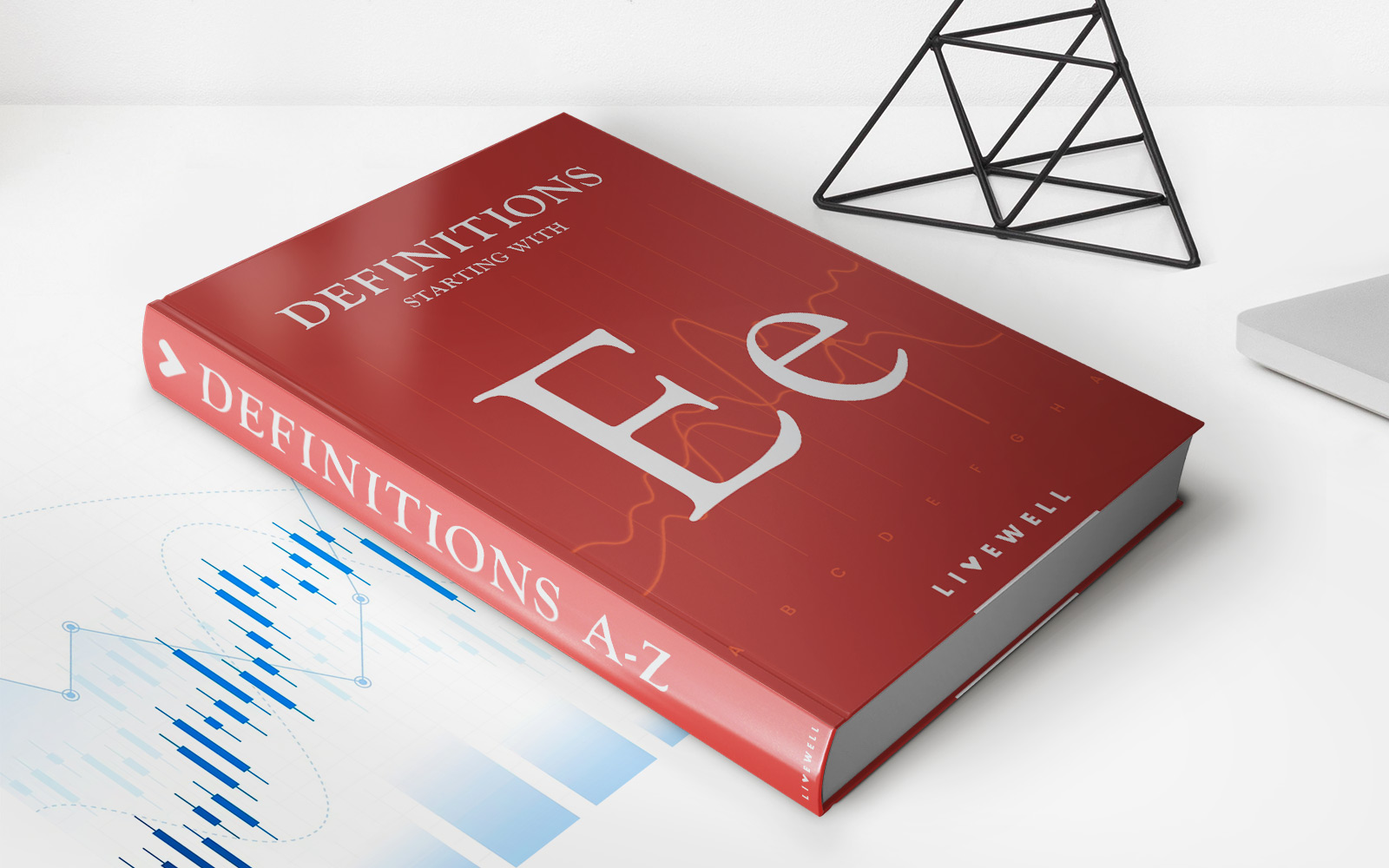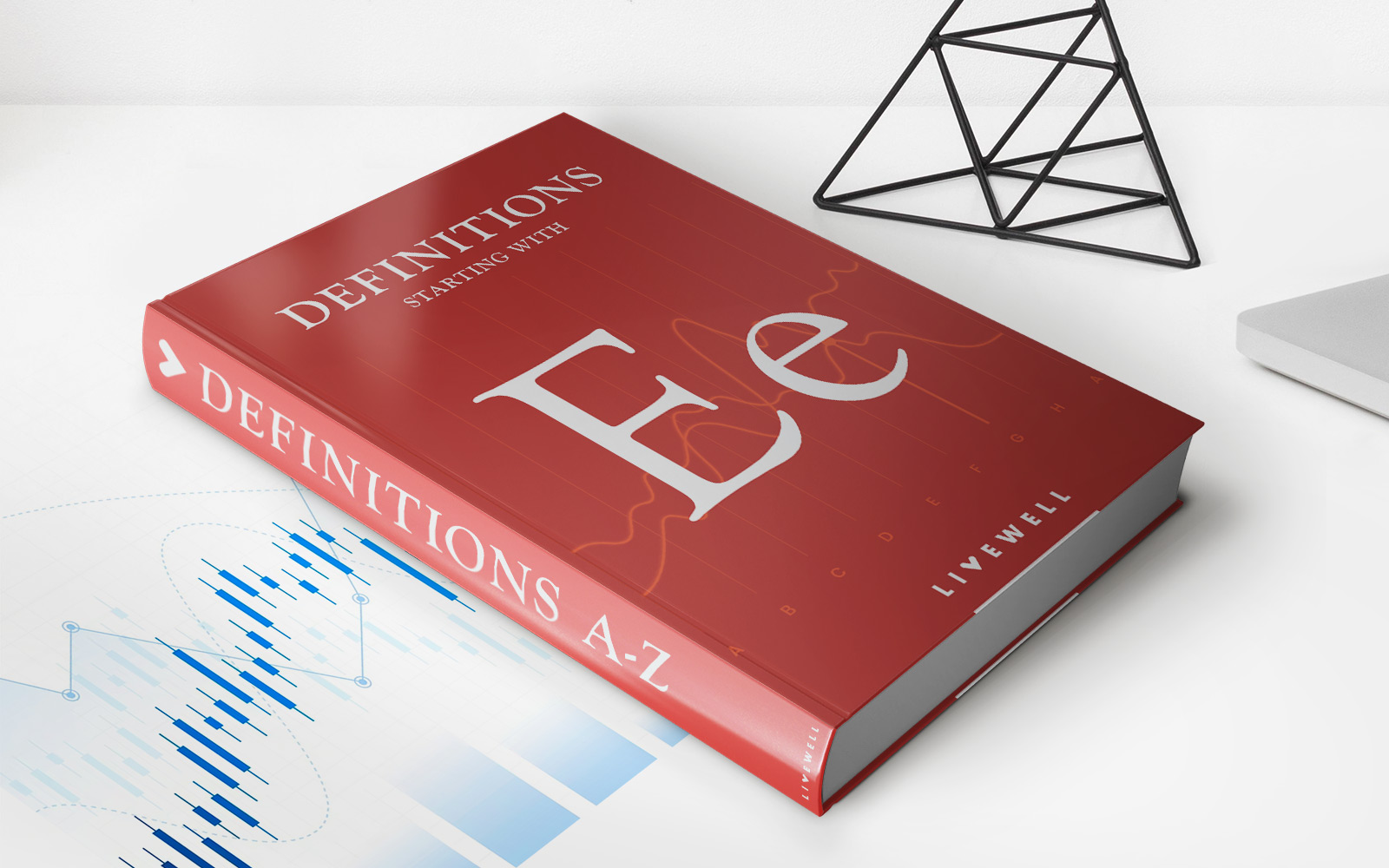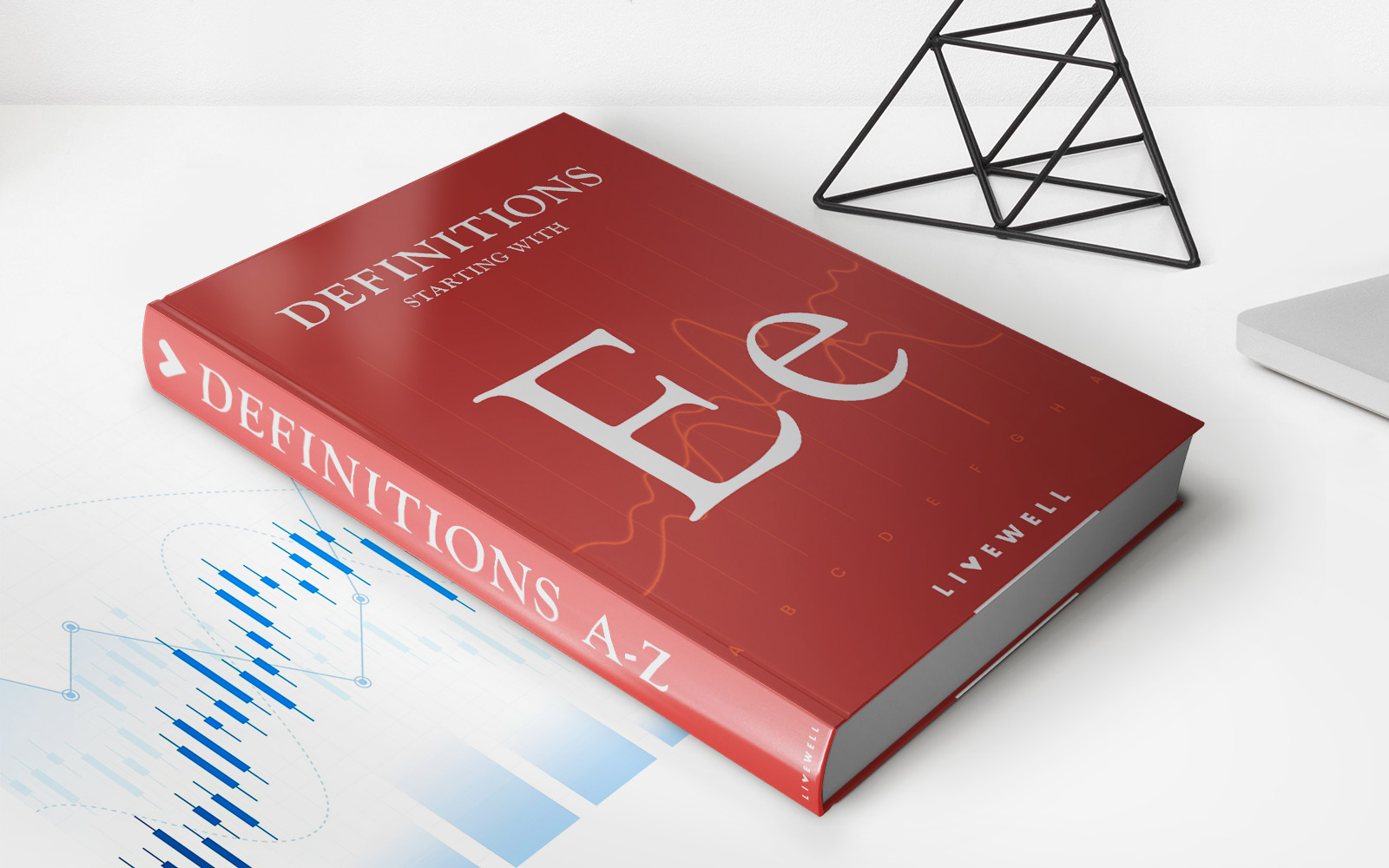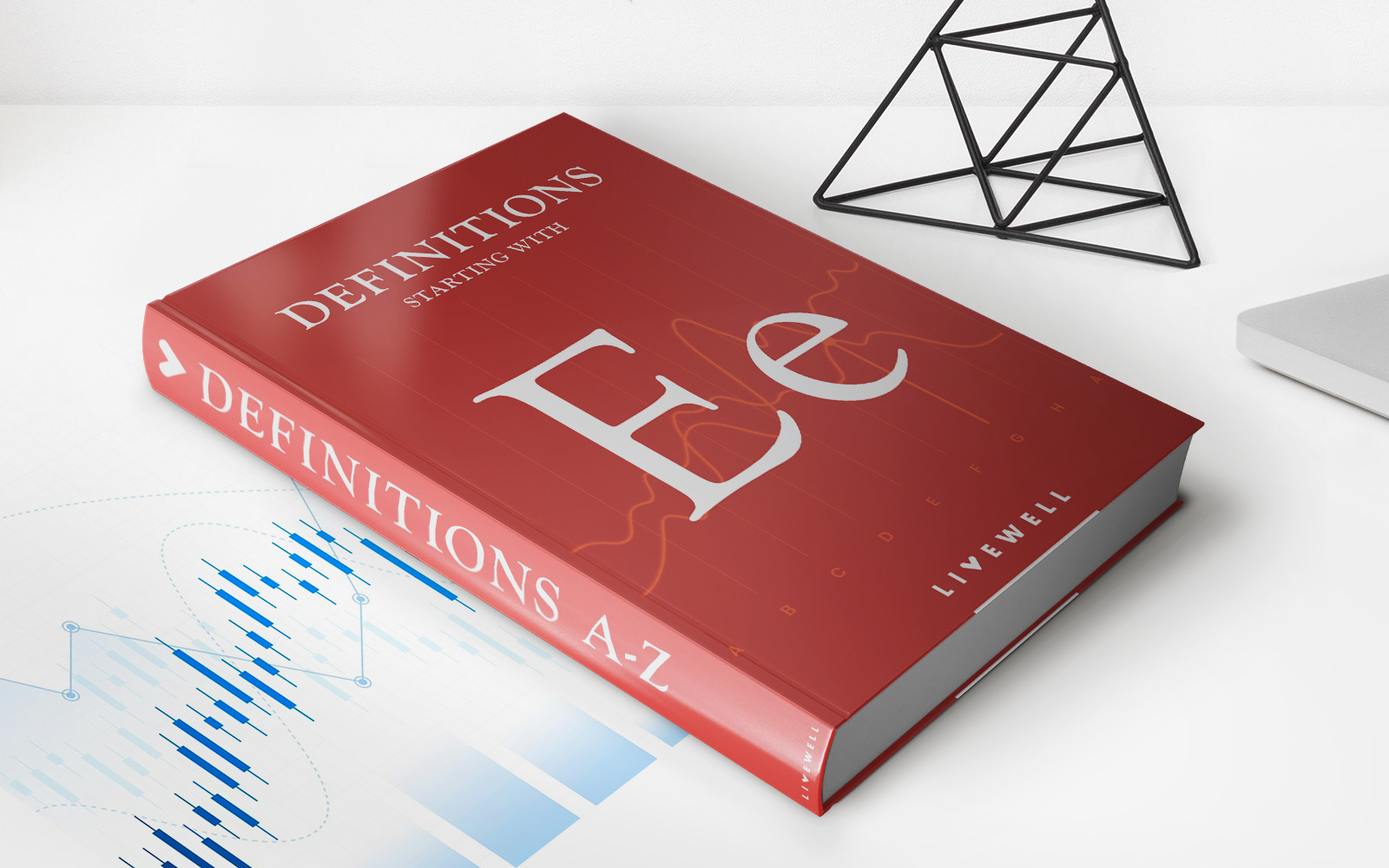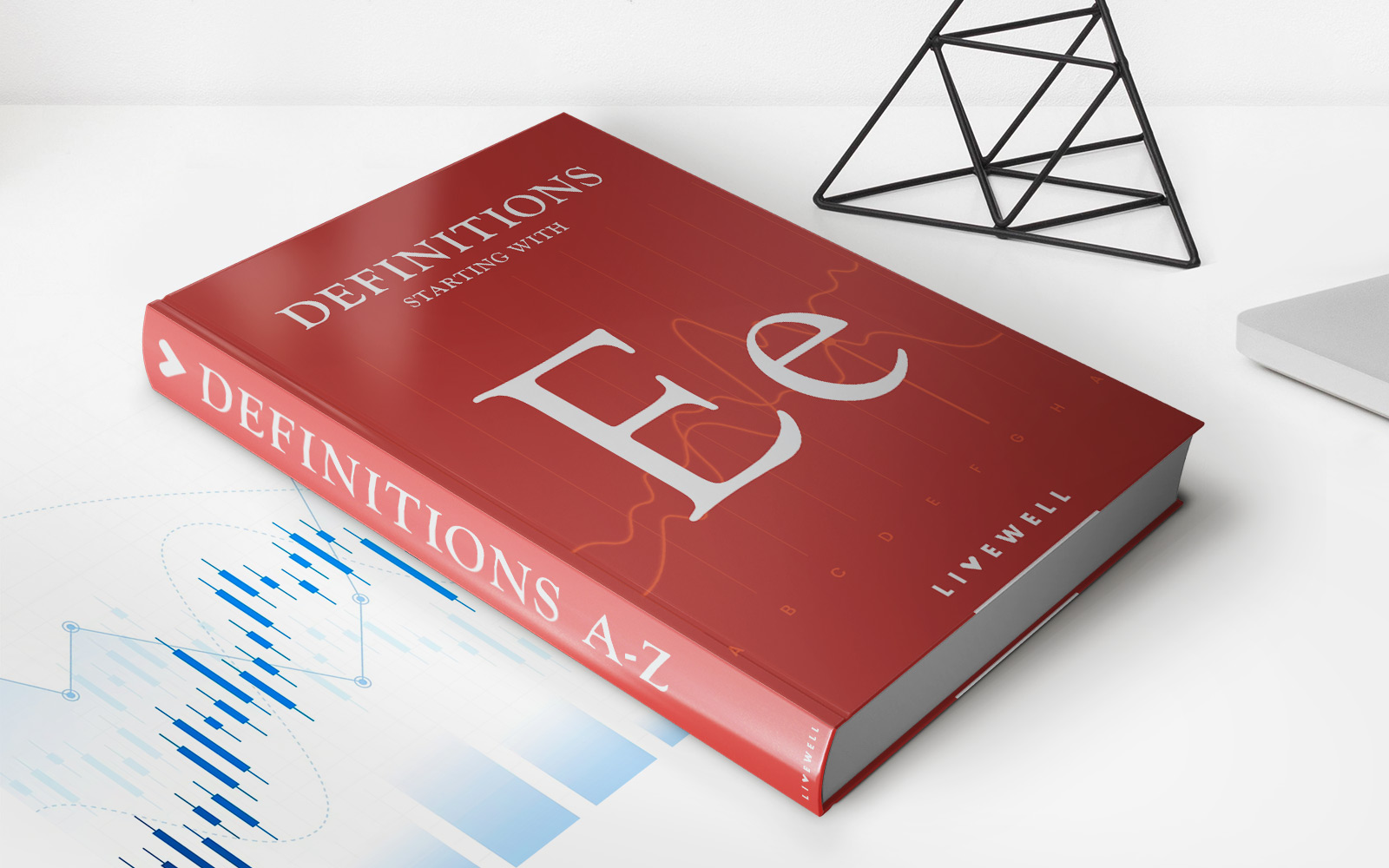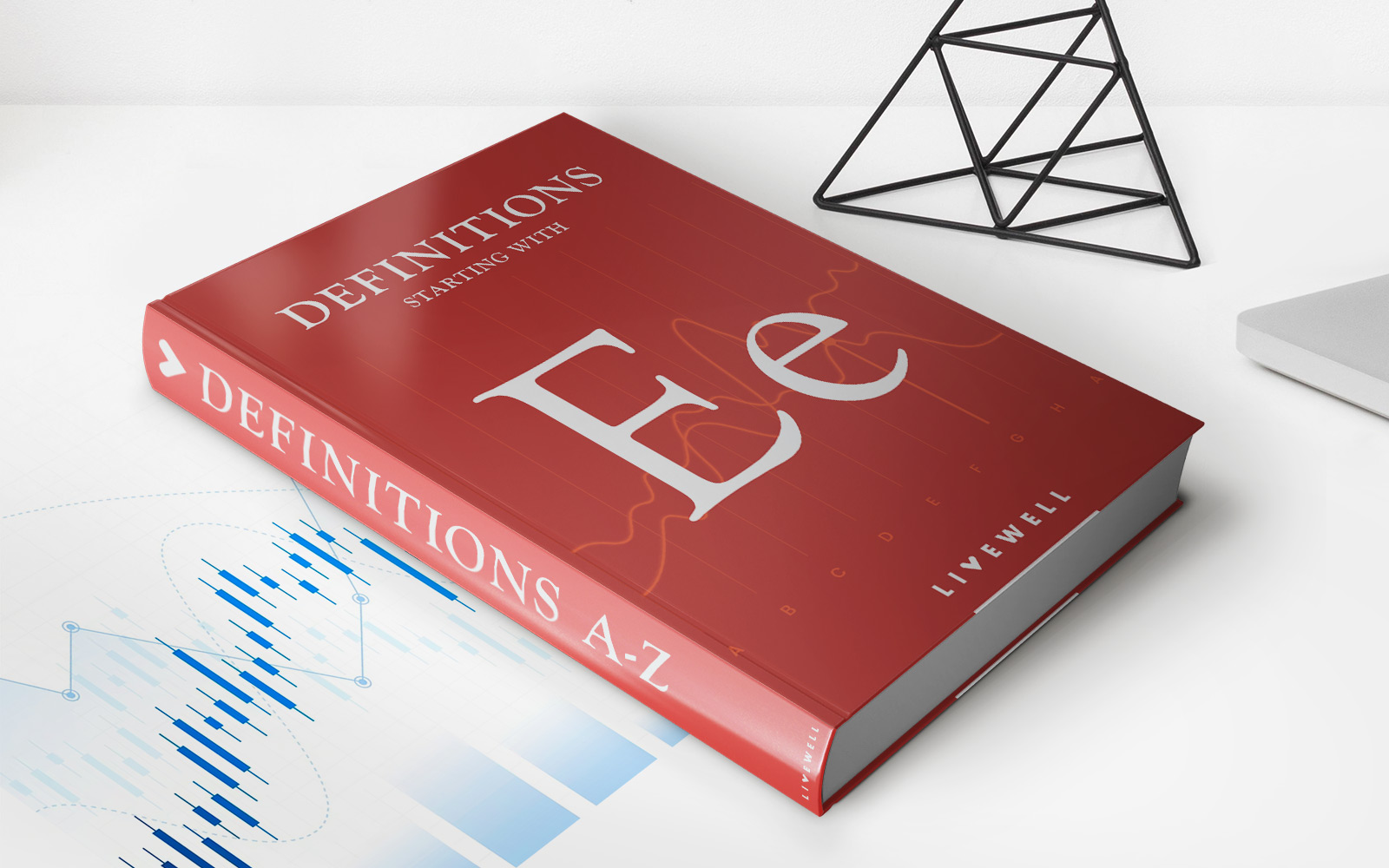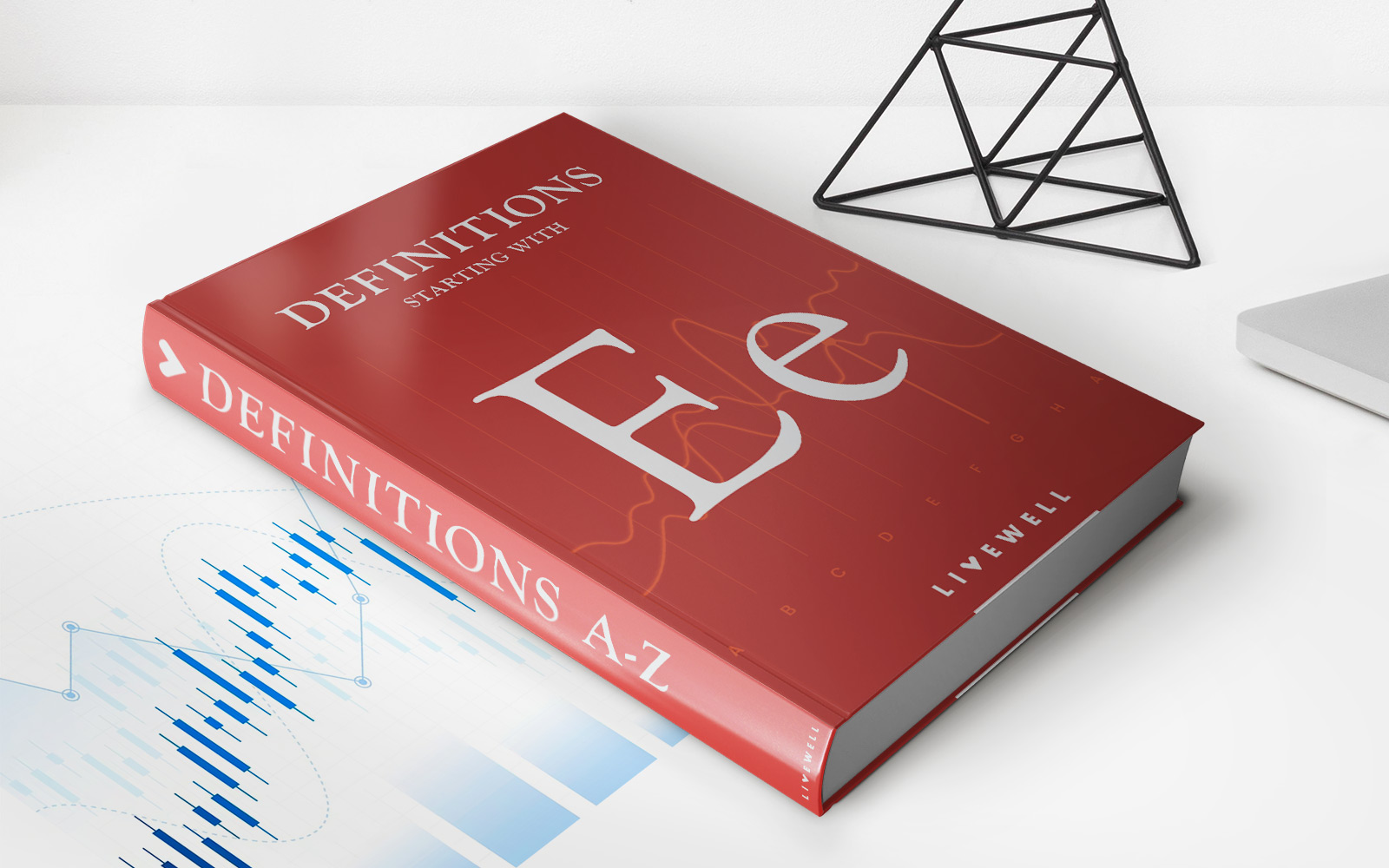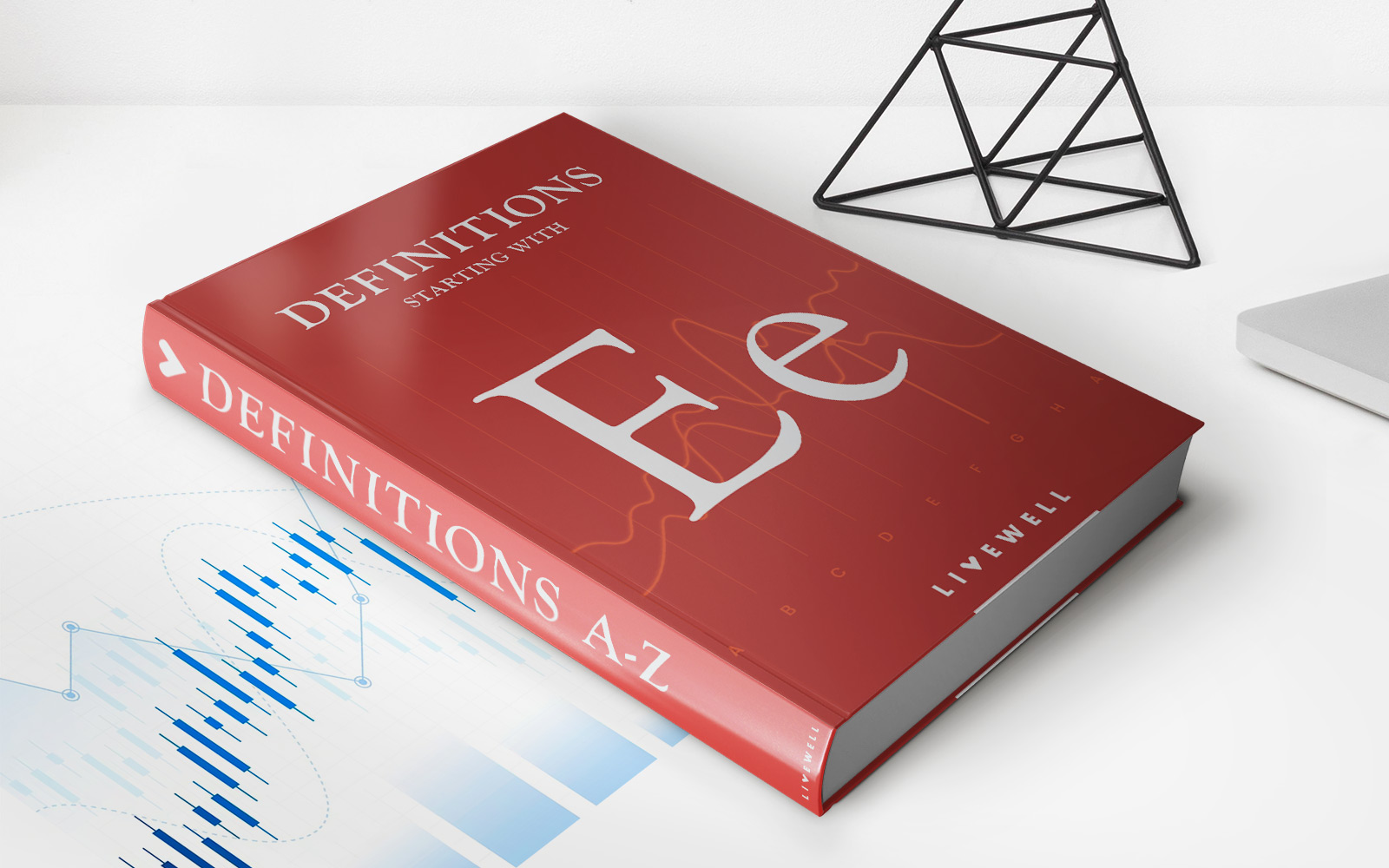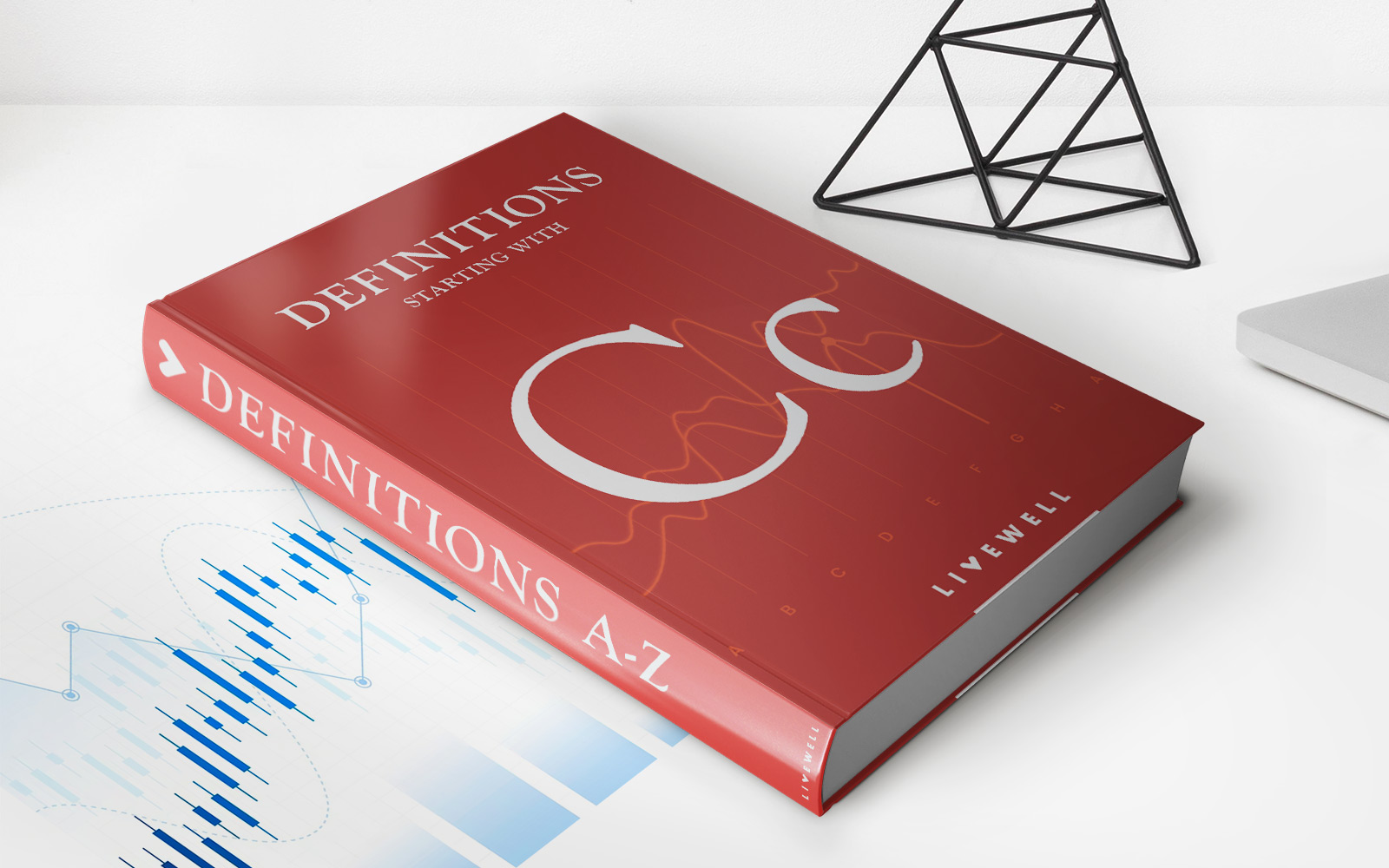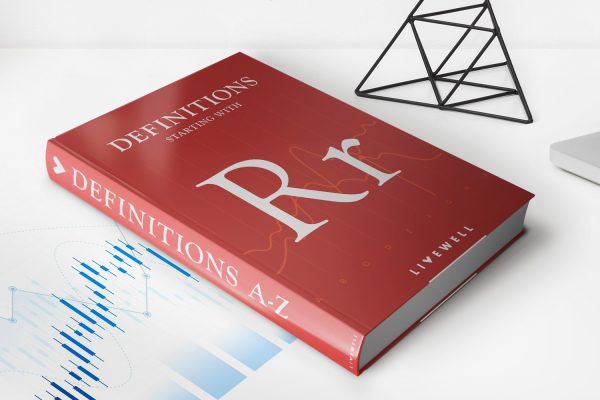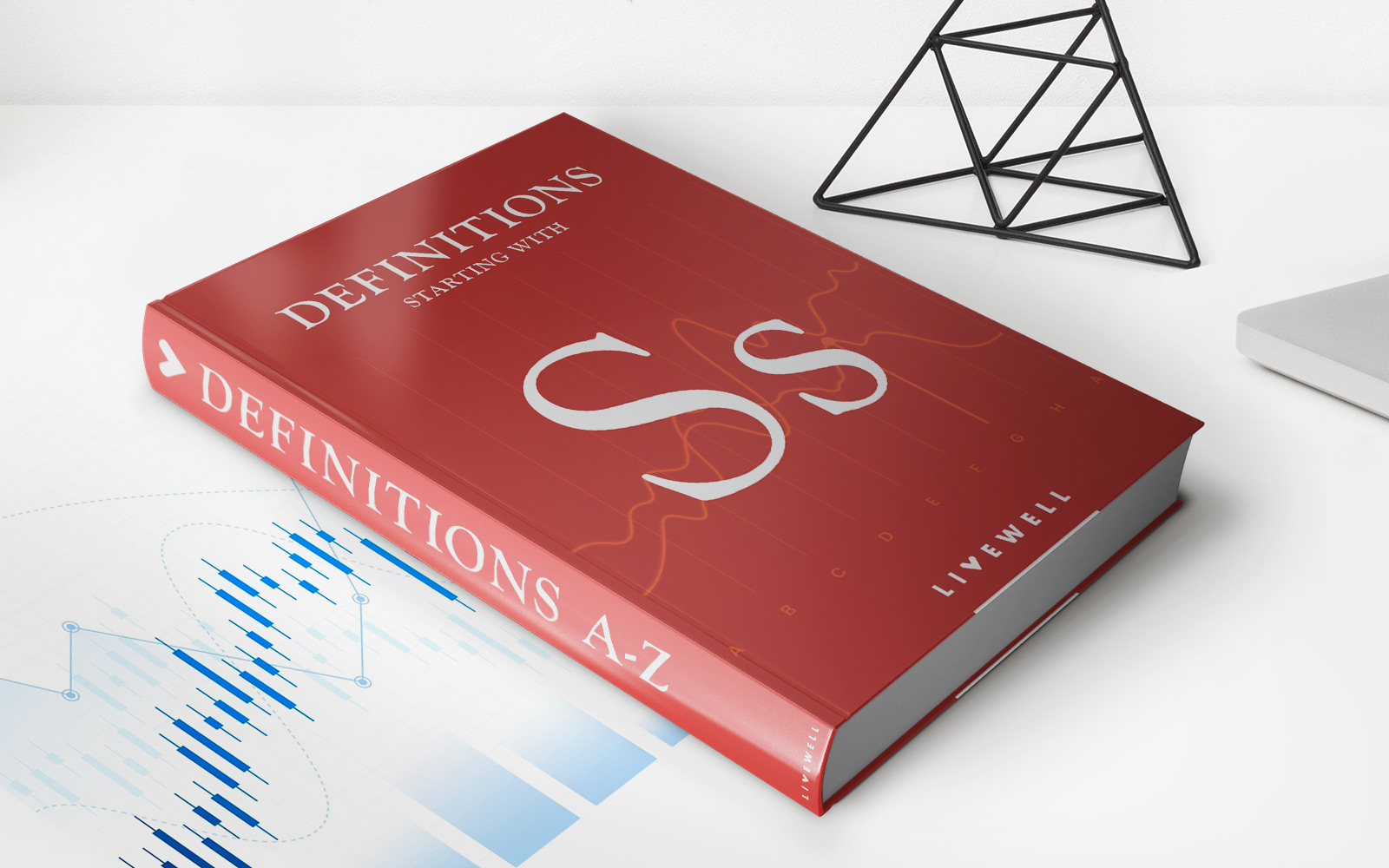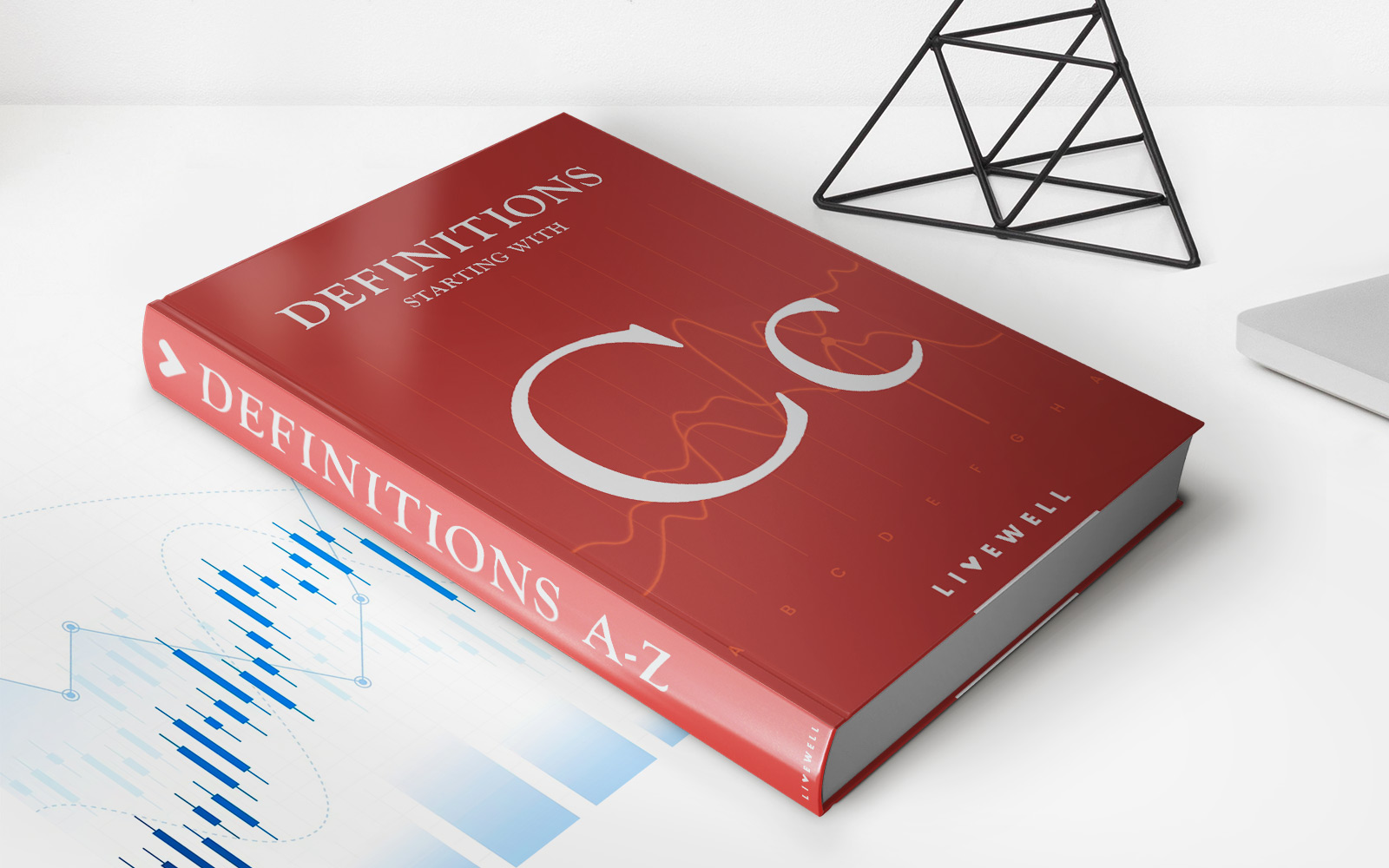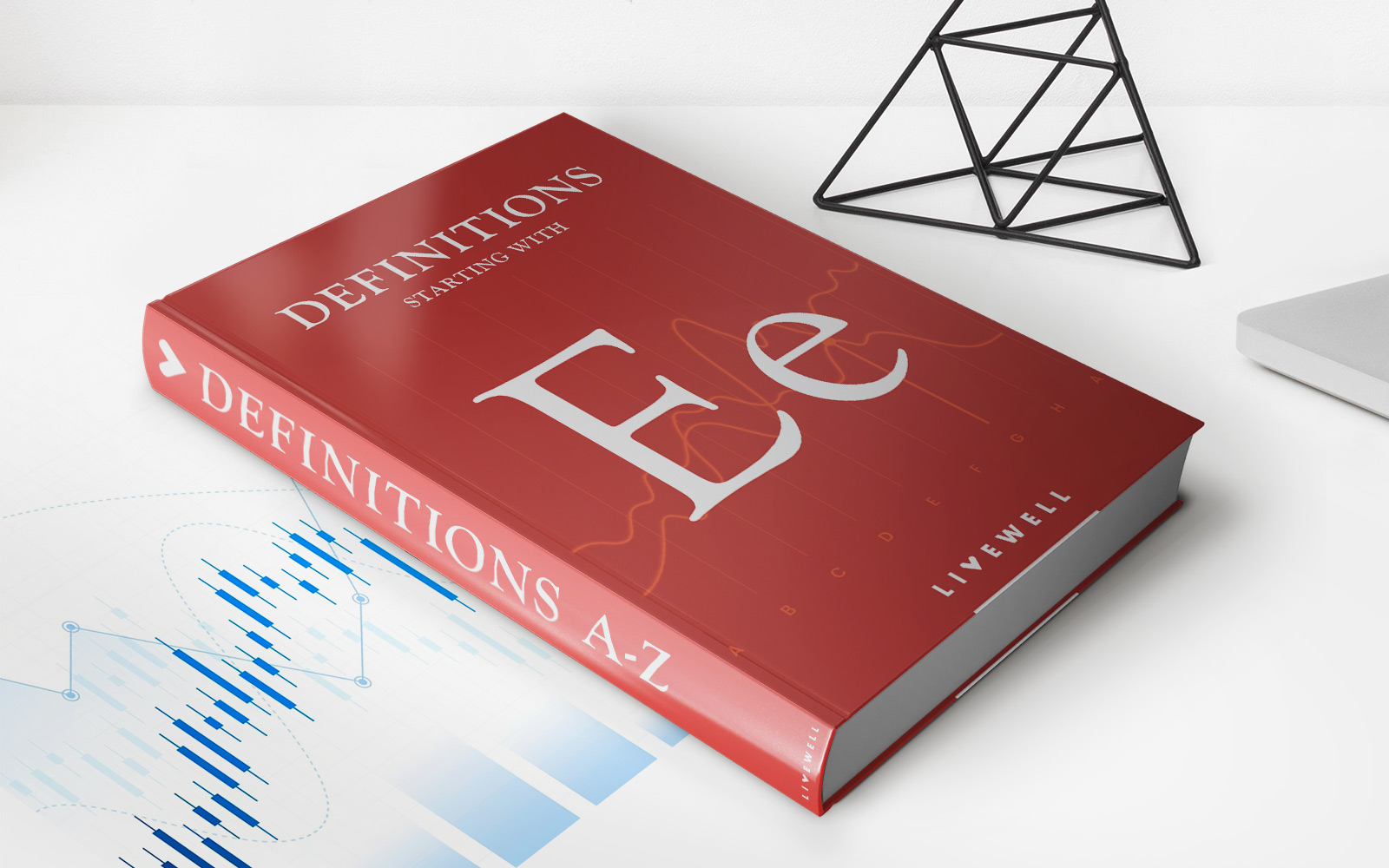

Finance
E-CBOT Definition
Published: November 15, 2023
Learn about e-CBOT in the world of finance and explore its definition, benefits, and impact on the market. Stay ahead with our comprehensive guide.
(Many of the links in this article redirect to a specific reviewed product. Your purchase of these products through affiliate links helps to generate commission for LiveWell, at no extra cost. Learn more)
The e-CBOT Definition: Understanding the Basics of Electronic Trading
Welcome to the FINANCE category of our blog! In this post, we’ll explore the e-CBOT definition and dive into the world of electronic trading. Whether you’re a seasoned investor or just starting to dip your toes into the finance world, understanding electronic trading is essential in today’s fast-paced market. So, let’s shed some light on what e-CBOT is all about.
Key Takeaways:
- e-CBOT stands for electronic Chicago Board of Trade, which is a popular platform for trading futures contracts.
- Electronic trading has revolutionized the way financial instruments are bought and sold, making it faster and more accessible for traders.
Now, you may be wondering:
What exactly is e-CBOT?
e-CBOT, short for electronic Chicago Board of Trade, is an electronic trading platform that allows traders to buy and sell futures contracts electronically. The Chicago Board of Trade (CBOT) has a long-standing history as one of the world’s premier futures and options exchanges. With the advent of technology, CBOT expanded its trading capabilities to offer an electronic platform known as e-CBOT. This platform provides market participants with easy access to trade a wide range of commodities, including agricultural products, metals, energy, and more.
Now, let’s take a closer look at the benefits of electronic trading:
- Increased Efficiency: Electronic trading eliminates the need for traders to be physically present on a trading floor, enabling them to place orders and execute trades from anywhere with an internet connection. This added convenience significantly reduces transaction times and streamlines the trading process.
- Enhanced Accessibility: With e-CBOT, traders of all sizes can participate in the market. Gone are the days when only institutions and high-net-worth individuals could access the futures market. Now, individual investors with smaller portfolios can enjoy the benefits of trading futures contracts electronically.
- Improved Transparency: Electronic trading platforms offer real-time market data, allowing traders to closely monitor price movements and make informed investment decisions. Additionally, e-CBOT provides a centralized marketplace where buyers and sellers can easily connect and execute trades with minimal intermediaries.
So, how does e-CBOT work?
When traders use e-CBOT, they access the platform through their computers or mobile devices, using specialized software known as trading platforms. These platforms provide a user-friendly interface where traders can analyze market data, place orders, and track their trades. The trades are executed electronically and matched with counterparty orders, resulting in seamless and efficient transactions.
It’s important to note that while electronic trading offers numerous advantages, it’s essential for traders to have a solid understanding of the market and employ proper risk management strategies to navigate the sometimes volatile nature of futures trading.
As e-CBOT continues to shape the financial landscape, it’s crucial for investors to stay informed and adapt to the ever-changing market dynamics. By embracing technology and leveraging electronic trading platforms like e-CBOT, traders can seize new opportunities and enhance their overall trading experience.
We hope this article has provided you with a clear understanding of the e-CBOT definition and the benefits it brings to the world of financial trading. Stay tuned for more informative posts in our FINANCE category, where we’ll explore various topics to help you navigate the complex world of finance and investing.
